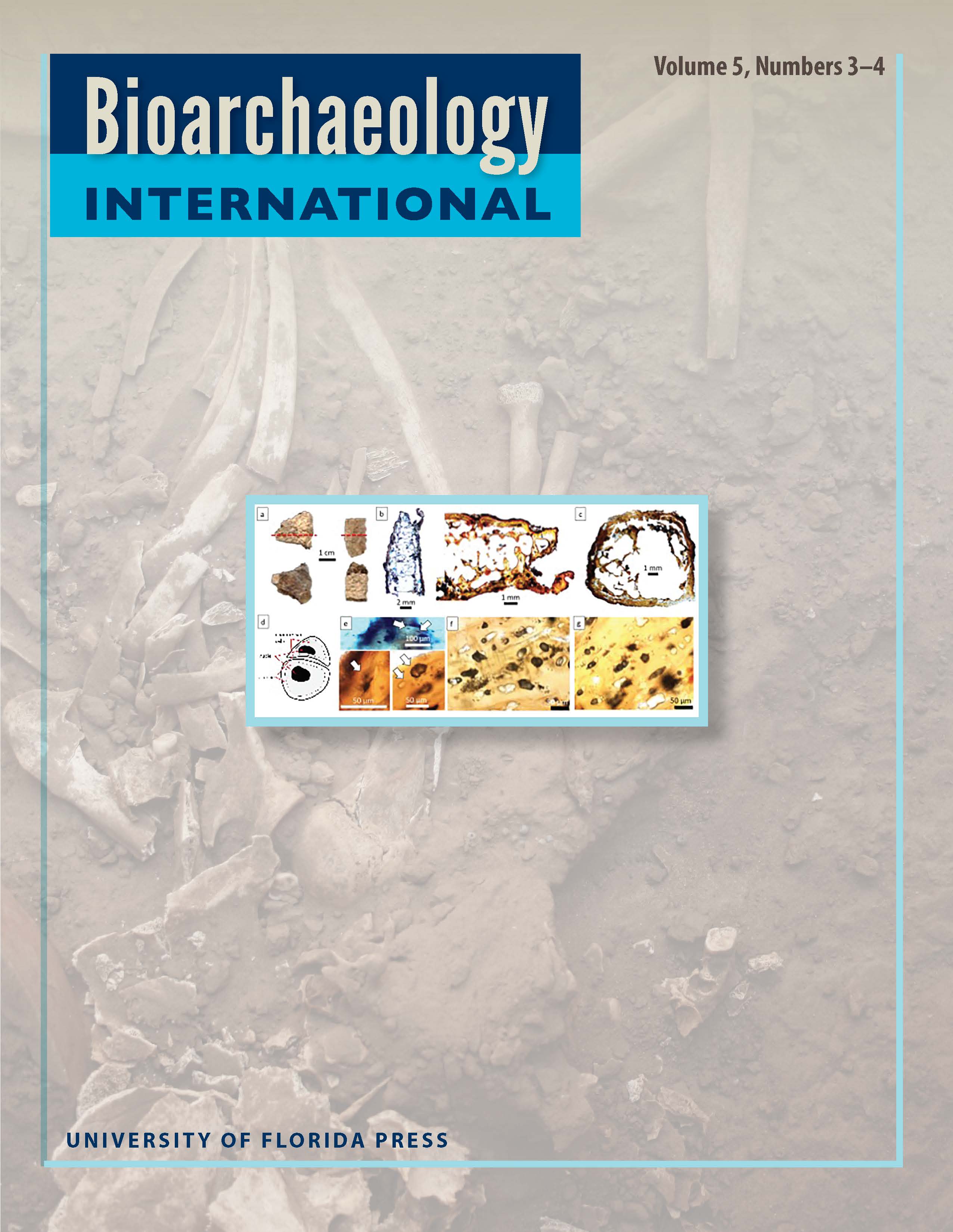Disability and Difference on the New Zealand Frontier Possible Skeletal Dysplasia in Nineteenth-Century Milton, Otago
Main Article Content
Abstract
The mid-nineteenth century saw extensive diaspora from Europe to the antipodes. New Zealand in particular was marketed to the poor and middle classes of the United Kingdom (UK) as a “Better Britain”; a pastoral utopia of abundant resources and easy living. These campaigns actively targeted young, able-bodied persons with the aim of creating a thriving and productive colony. The rural community of Milton, Otago, in the South Island, was a farming settlement established predominantly by immigrants from the UK. The University of Otago undertook an excavation at St. John’s Anglican burial ground (SJM) in 2016 with the aim of reconstructing some aspects of the lives of these nineteenth-century European (Pākehā) settlers. One of the 27 individuals recovered, burial 29, was an adult female with a striking thoracic deformity and several other features suggestive of a skeletal growth disorder. Here, we combine multiple lines of bioarchaeological evidence to create an osteobiographyof this individual and discuss the implications of our findings for conceptions of disability, status, personhood, and social value in Victorian frontier society.
Tuhinga whakarāpopoto: Ko te puku o ngā tau o te rau tau 1800 te wā i matua heke ai ngā tāngata nō Ūropi ki te tuakoi tonga o te ao. Ko Niu Tīreni tonu i whakatairangahia ki te tūtūā o Peretānia hei Piritana hōu, he “Piritana Pai Ake ”; he whenua haumako, he huhua rauemi, he oranga ngāwari. Ko ēnei whakatairanga hei whaka- poapoa i te hunga rangatahi, i te hunga kua pakari tonu te tīnana hei tuarā hāpai i te koroni hōu, i te koroni tōnui i pīrangitia. Ko te taiwhenua o Milton i Ōtākou, i Te Waipounamu, tētehi hapori pāmu i whakatūria e ngā manene, ko te nuinga nō Peretānia. Nā Te Whare Wānanga o Ōtākou ngā rua kōiwi i te urupā Mihinare o Hato Hone (SJM) i keri ake i te tau 2016, ko te whainga matua ko te kimi kōrero mō ngā rā o ngā ao o ēnei tāngata whai nō Ūropi (Pākehā) i te rau tau 1800. Ko tētehi o te 27 tāngata i hahua, arā ko “nehunga 29”, he wahine pa- keke kua hauā rawa ōna kōiwi o te haurua o te tinana ō runga i tōna pito, ā, he tohu anō i kitea e hanga rite ana ki tētehi mate whakahauā kōiwi. I konei whakatōpūhia ai ngā taunakitanga maha kua puta i ngā whakamātautau kōiwi tangata hei waihanga anō i ngā rā o te ao o te wahine nei, ā, ka matapakina ā mātou whakapae mō ngā whakaaro o ngāi koroni wikitōria mō te hauā; mō tōna tūnga, mō tōna mana me tōna noho hei tangata i aua wā.

